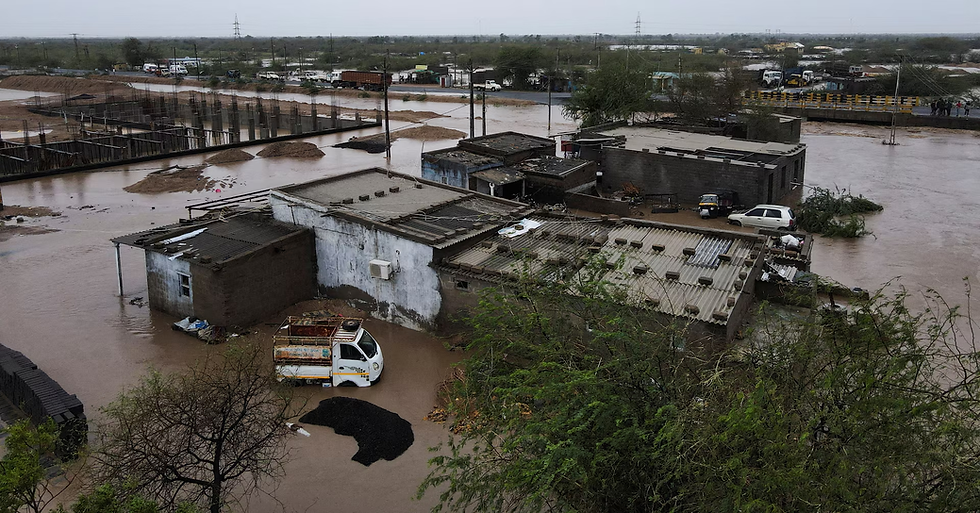How the Youth of India, China & Indonesia Are Fighting Unemployment
- Tharindu Ameresekere
- Jan 7
- 2 min read

Picture Credit: Pinterest
The youth unemployment crisis is reaching unprecedented heights in Asia, with approximately 700 million young people in India, China, and Indonesia facing uncertain futures. This growing challenge threatens not only individual livelihoods but also the broader economic growth of these nations. Veteran journalist Sruthi Gottipati reports on the systemic forces driving the crisis and on pioneering solutions emerging in three of the world's most populous countries.
While youth unemployment is rising in India, especially among educated graduates who struggle to secure their first jobs, the country has policies like the Youth Entrepreneurship Program aimed at fostering self-employment. These initiatives are designed to help young people establish their own businesses, although challenges such as limited funding and significant barriers to female entrepreneurship persist.
In China, official statistics on youth unemployment remain scarce, making it difficult to fully assess the extent of the crisis. To address this, the government has launched rural revitalization projects to provide job opportunities outside urban centers. These efforts, combined with policies encouraging youth entrepreneurship, are intended to help China’s young population navigate a stagnant economy. However, many rural youth are turning to social media and online platforms to create their own businesses, breaking away from traditional employment models.
Indonesia's informal labor force is so vast that the youth unemployment rate is four times higher than the national average. Many young Indonesians have embraced gig economy jobs and social media platforms to make ends meet, though underemployment remains a significant concern. However, apprenticeship programs are beginning to gain traction, helping young people acquire practical skills that can enhance their future job prospects.
As Asia's younger generation grapples with economic stagnation and mismatches between education and employment, bold reforms and grassroots initiatives offer a glimmer of hope. Whether these efforts will be sufficient to enable youth to fulfill their potential remains uncertain, but there is no denying the urgency of addressing this crisis




Comments